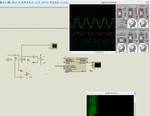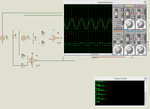pic.programmer
Advanced Member level 3
How to calculate Power factor using Microcontroller ?
Should I use two ZCD circuits, one for voltage and another for current and sense ZC of voltage and start timer and then when ZC of current is detected then stop timer and convert the time delay value to angle and calculate the angle's cos to get power factor ?
Should I use two ZCD circuits, one for voltage and another for current and sense ZC of voltage and start timer and then when ZC of current is detected then stop timer and convert the time delay value to angle and calculate the angle's cos to get power factor ?


